Granite is a pretty, durable natural stone that is commonly used in both residential and commercial structures. Due to its resilience to a variety of harm, such as heat, scratches, and stains, it is a beloved material. Despite the fact that it is a naturally occurring stone, a wide variety of hues and patterns are offered for purchase. Granite is frequently used for outdoor décor, fireplace surrounds, vanity tops, and kitchen counters.
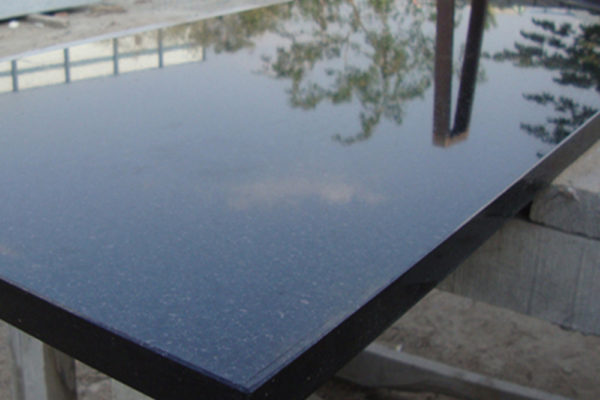
Many people marvel at how they have come across the stone in so many distinct textures given how well-liked it is. The answer is straightforward: granite may be finished in a variety of ways. These finishes can contribute to giving your countertops more personality.
The following are the three most popular granite countertop finishes honed, polished, and leathered. Granite can be completed in a variety of textures that are frequently utilized for other parts of the house, such as fireplace surrounds and pool surrounds.
Polished
Granite that has been meticulously polished to a stunning high-gloss, reflecting surface is known as polished granite. When someone installs a granite countertop, they typically think of this finish since it is the most popular. This coating aids in bringing out the exquisite patterns, hues, and overall depth of each granite stone. This stone may add a sense of luxury to a space because of its reflective characteristics.
Granites with more complex patterns will look better with a polished finish, and the veins, flecks, and swirls that give each slab its individuality will stand out much more. This finish is intrinsically upscale and is frequently thought of as the pinnacle of luxury. When the stone’s surface is polished with specialist, fine-grain polishing pads, the stone’s stunning beauty is produced.
Since most granite stones are already manufactured in a polished form, polished granite is typically more affordable.

For polished finished stones, the same maintenance guidelines apply. Use soapy water to clean instead of harsh cleansers like ammonia or bleach. Additionally, the surface has to be resealed every six to twelve months. Applying a little amount of water to the surface and watching to see if it is absorbed can allow homeowners to determine whether the surface needs to be resealed. Re-sealing is necessary if it is. Homeowners may do this operation without the help of a consultant since it is very simple.

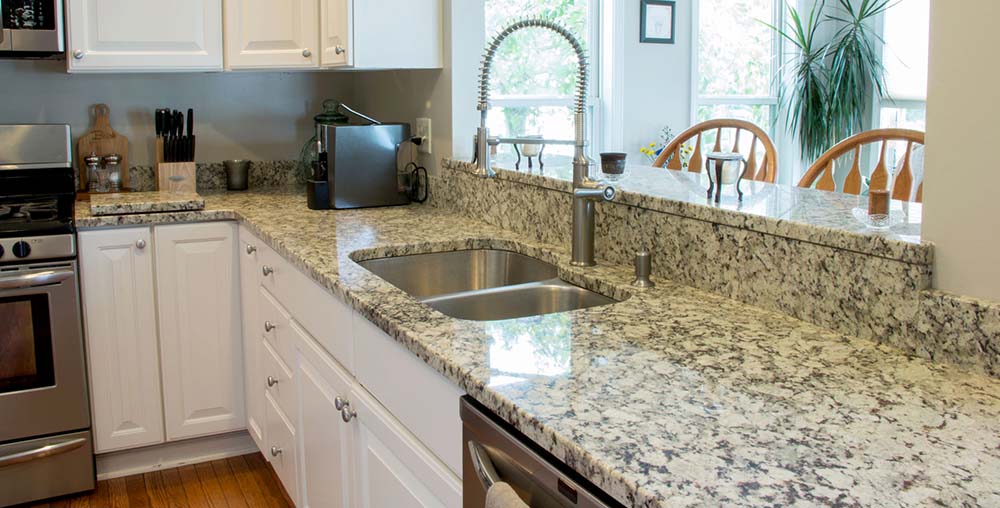
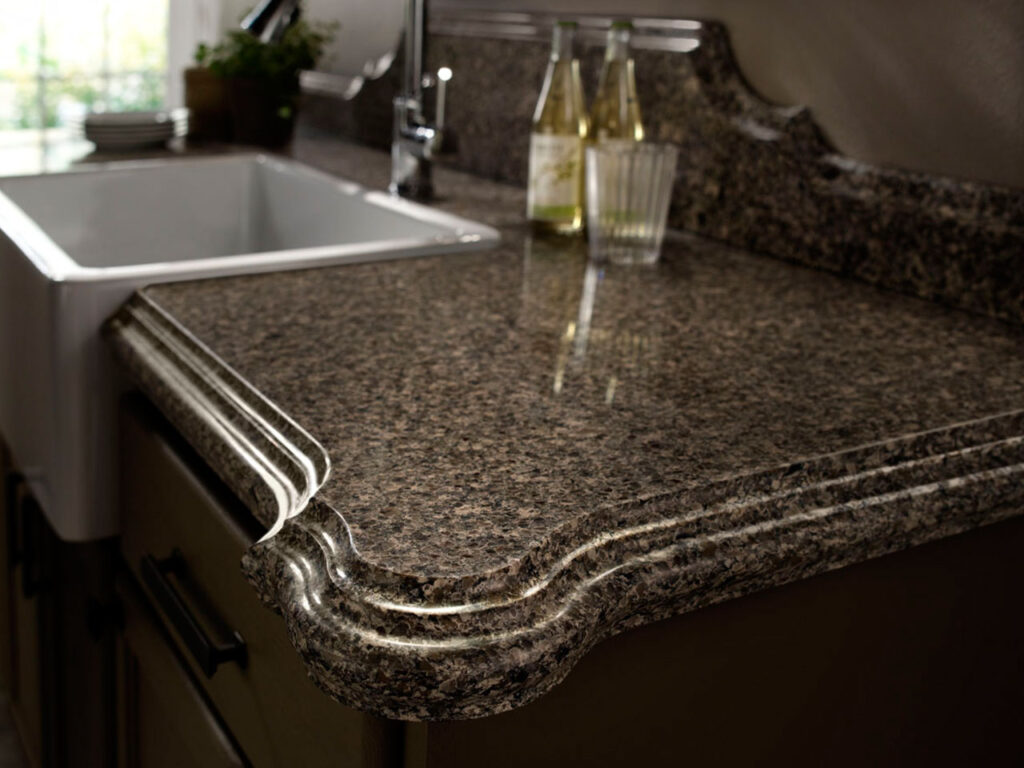
Many visible flaws in a stone are reduced or, at the very least, obscured by polished stone. A polished stone may aid in bringing out the lovely blending and mingling of various hues and patterns in a stone. We advise a polished treatment to fully bring out the patterns in a stone with a more detailed design. A polished stone’s glossy, the shiny surface may add to the opulence of a space.
Honed
Granite that has merely undergone a portion of the polishing procedure is called honed granite. This stone won’t be shiny and will seem more matte. Homeowners who want their counters to seem more natural will find this to be quite appealing.
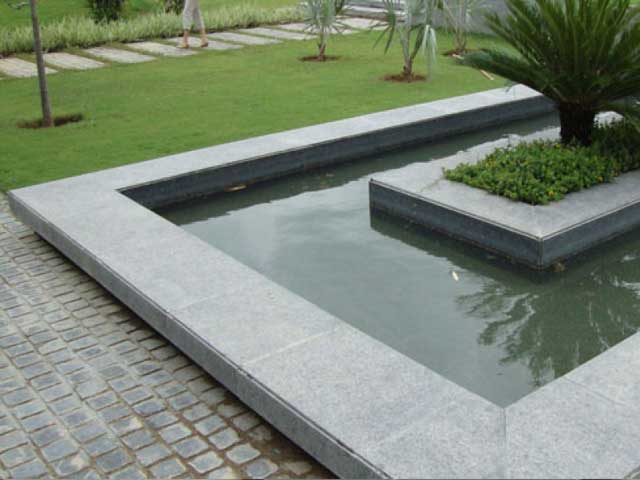
Many people think that in otherwise quiet areas, the look of granite that is too glossy might be too loud and noticeable. As it may complement many design aspects and fit in with the rest of your décor, this finish is lovely and understated in the best possible ways.
Granite that has been honed often costs a little bit more than granite that has been polished. Since the finish is not as often used as polished granite, it is less likely to already be in existence.
Additionally, honed granites will need more upkeep than polished granite. The finish is more prone to discoloration even with adequate sealing. As a result, it will require resealing more frequently. Granite that has been honed is typically more prone to scuffing and chipping. Honed granite in darker colors can need additional cleaning.
Honed granite may be styled in a variety of ways that will emphasize its distinctive grain. Granite in shades of black or dark grey may offer contrast to any room, but a honed polish can make it look more natural. This kind of granite countertops can assist in bridging the gap between a farmhouse and industrial design.
Leathered
A Leathered Granite that appears to be more textured. The name for this type of stone comes from its raised texture, which is reminiscent of leather. For those wishing to give their home a rustic feel, this stone finish has been more and more popular over the past several years. Simpler and plainer slabs are better suited for this finish since elaborate motifs may be obscured by the stone’s ridging.
This distinctive stone polish is created in an equally distinctive manner: the stone’s surface is raked using a diamond-tipped brush. This helps to polish the stone, remove flaws, and provide more fascinating textures.
Depending on the slab, the specific type of leather may vary, but whichever stone you pick, it will undoubtedly have an influence on your house. Before utilizing the conventional soapy water procedure, it is advised to use a hand brush to remove any physical debris that has become lodged in the grooves.
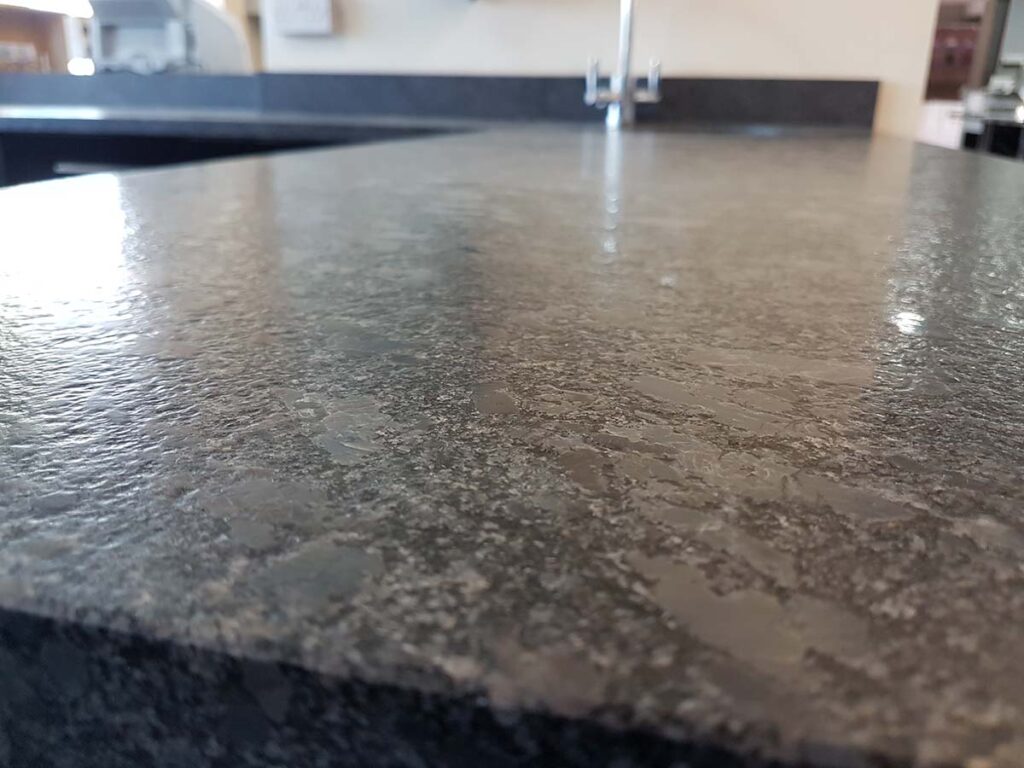
Compared to polished or honed stones, the upkeep of the stone is really less frequent. Leathered granite often needs fewer resealing sessions than polished or honed granite because of the texture of the leather, which may actually disguise discoloration.
There is nothing else like this texture. Only particular granite slabs may be purchased with a leathered finish since leather granite is generated at the quarry, unlike polished or honed finishes that can be applied to regular granite slabs.
